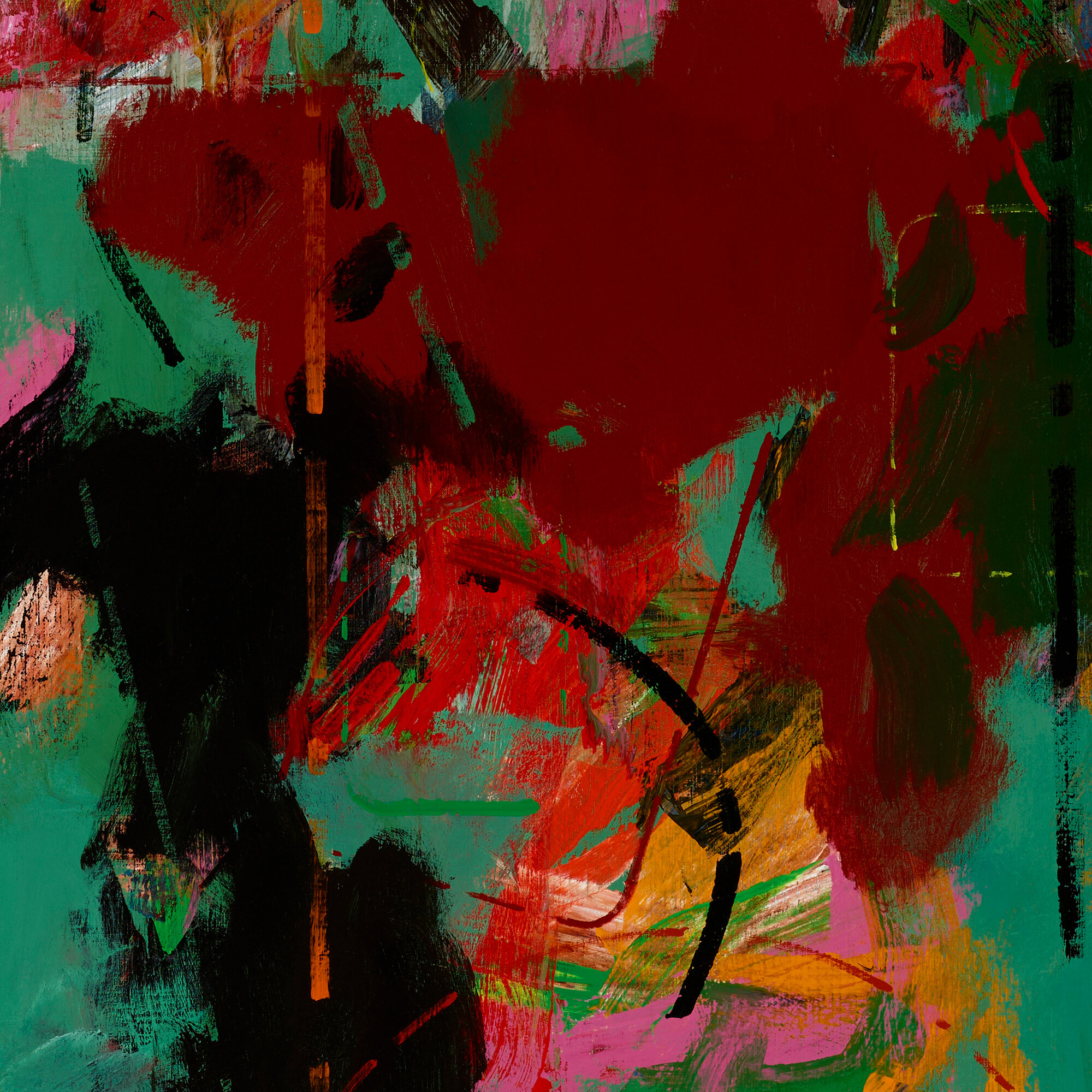373
373
c. 1965
oil on canvas 63⅜ h × 51 w in (161 × 130 cm)
oil on canvas 63⅜ h × 51 w in (161 × 130 cm)
estimate: $3,000–5,000
result: $1,890
follow artist
This work will ship from Lambertville, New Jersey.


You can control space with color, space is color, color creates space.
Sidney Gross
Sidney Gross 1921–1969
Like most young artists during the Depression, Sidney Gross’ early style was influenced by the Social Realism encouraged by prominent WPA art schools such as Cooper Union and the Arts Students League. He also drew on the Surrealist movement that was just beginning to come into prominence the year he was born. By the time he was twenty, he was painting distinctively Urban Surrealist works, while producing critically admired portraits, something he would continue to do during his lifetime. Late in the 1940s and early into the 1950s, he experimented with various forms of Abstract Expressionism, including what one critic called “amorphorism”. These soft, diffused, often numbered abstractions bore the titles Dusky or Amorphic, however, he continued to produce realistic and semi-abstract portraits of the landscape of New York City. By the mid-1950s, he was producing large and dynamic works of Abstract Expressionism, and succeeded in finding a clientele at a time when other artists could not. Around 1960, his UFO and Probe series began to include controlled abstractions against hard-edge geometric fields of colors. At the time of his premature death, he was setting expressionistic forms in wide bands of colors, separated by white fields.
From his Blakean surrealism, to his almost Renaissance approach to realism, to the tapestry-like use of muted colors in the late 1940s and early 1950s, and finally his mature abstractions, Gross separated himself from many of his fellow Ab Ex artists in his subtle use of color and color fields, and wonderfully layered paints, against which his expressionist slashes and thrusts vibrated.
Though his career was relatively short, he received critical acclaim and financial success while producing a body of strong and memorable work that still touches chords today as it did during his lifetime. His works can now be found in the permanent collections of prestigious institutions such as The Smithsonian American Art Museum, Washington, D.C., the Whitney Museum of American Art, New York, the Walker Art Center, Minneapolis, and the Baltimore Museum of Art.
- Leonard Davenport